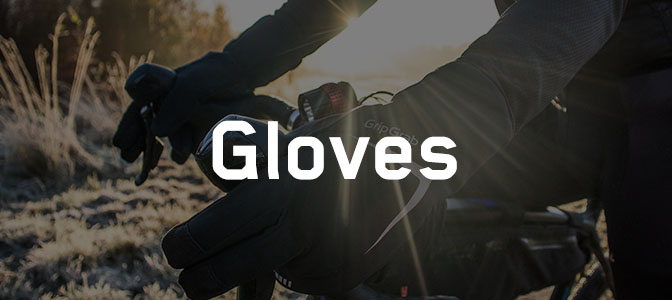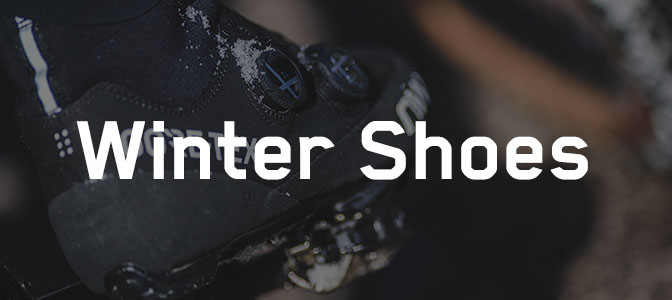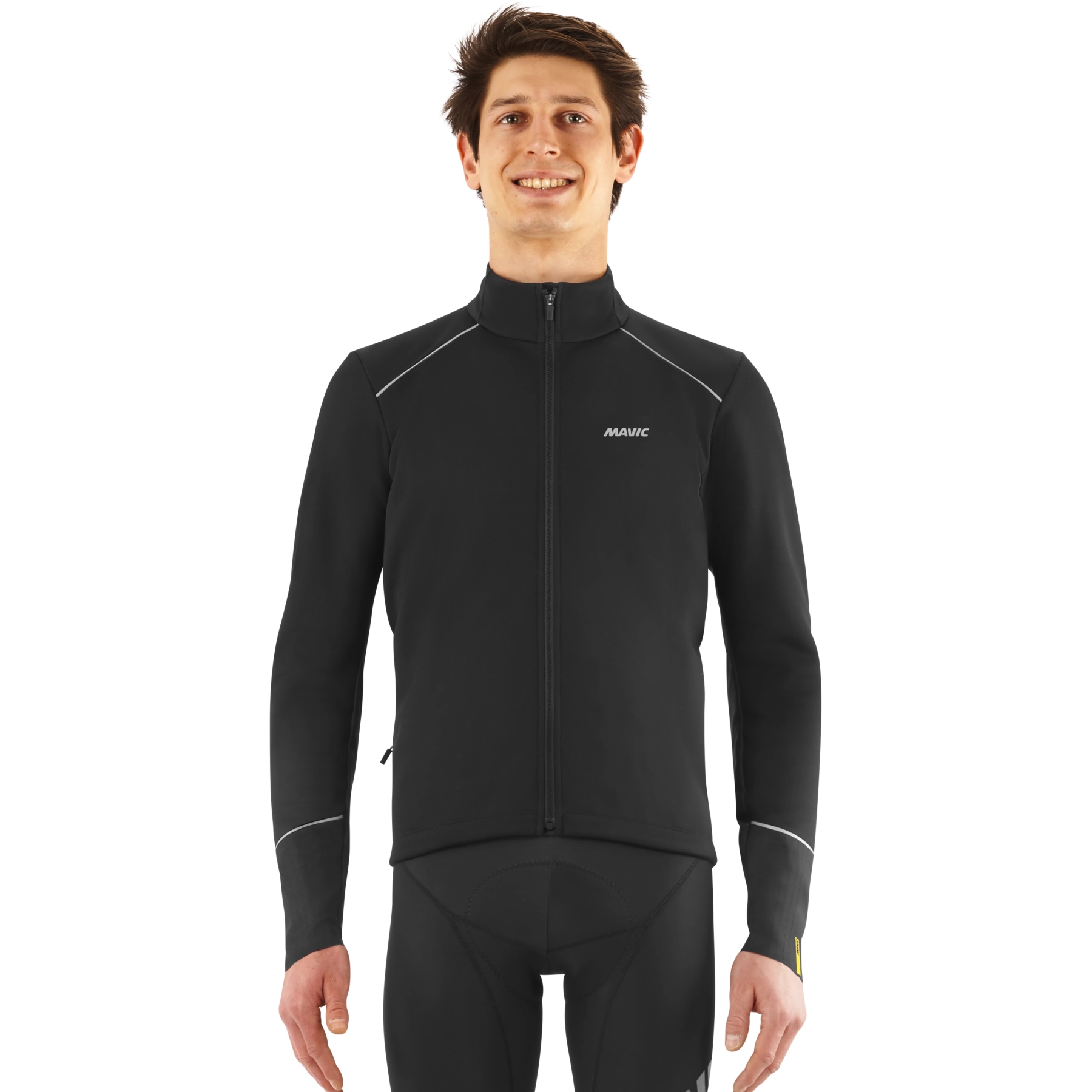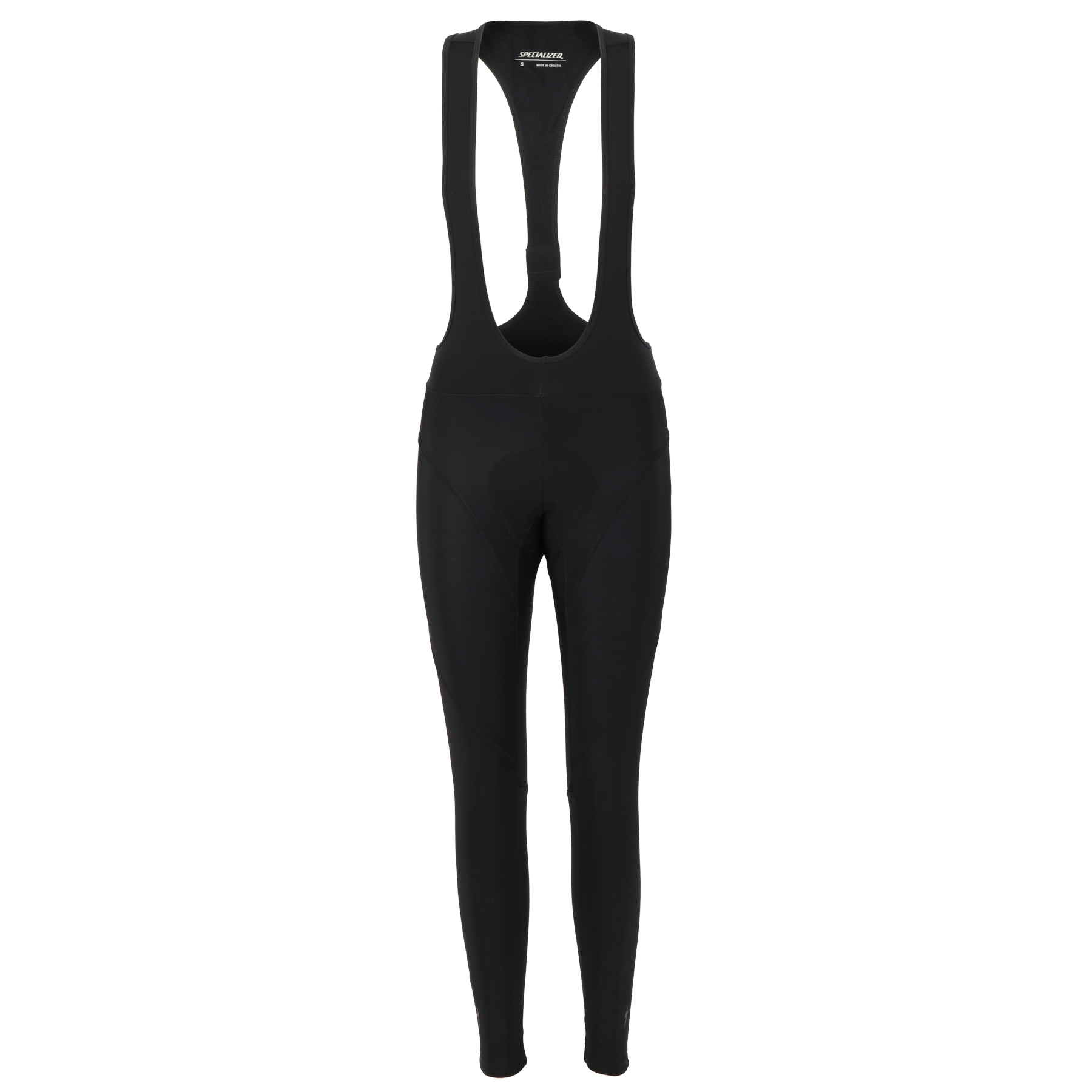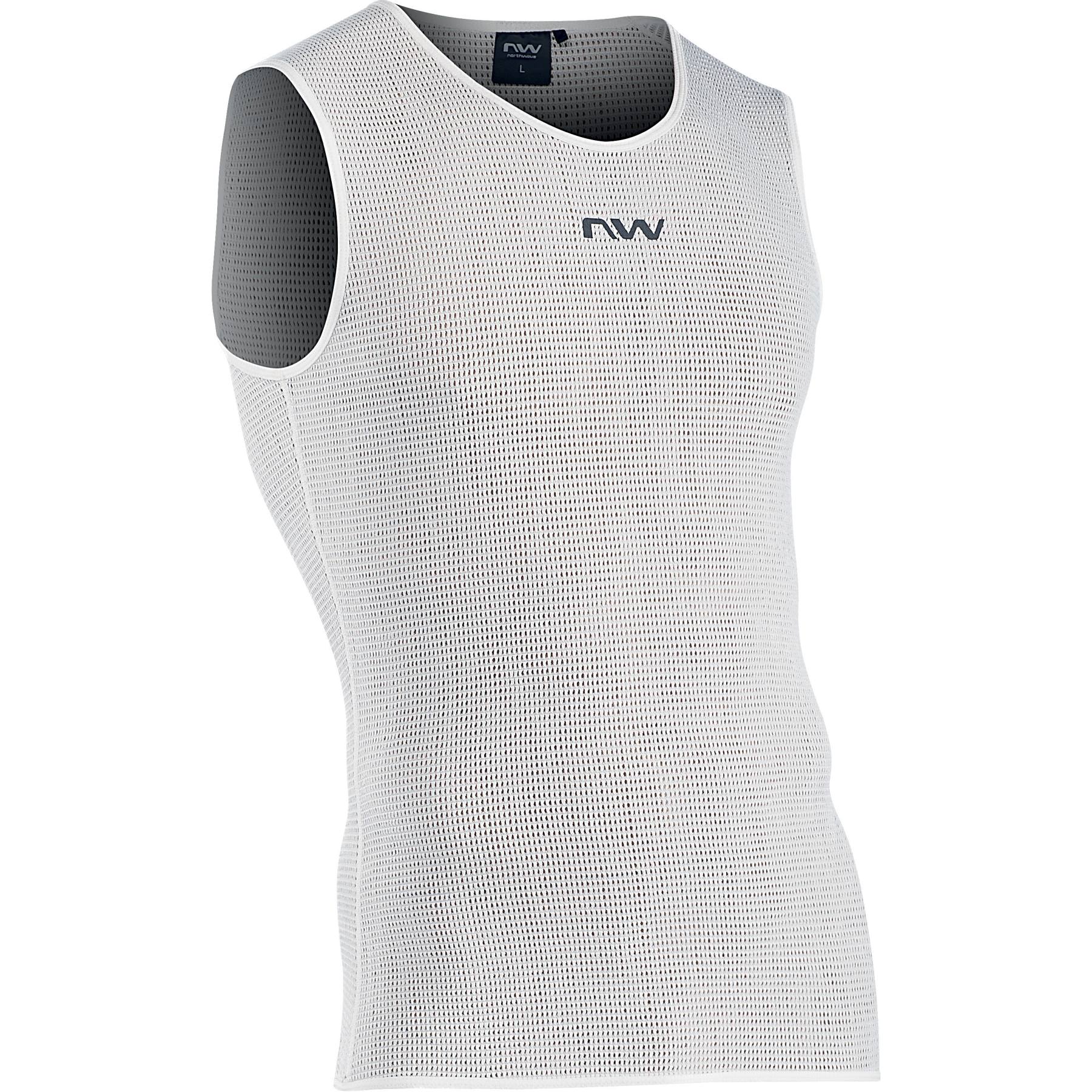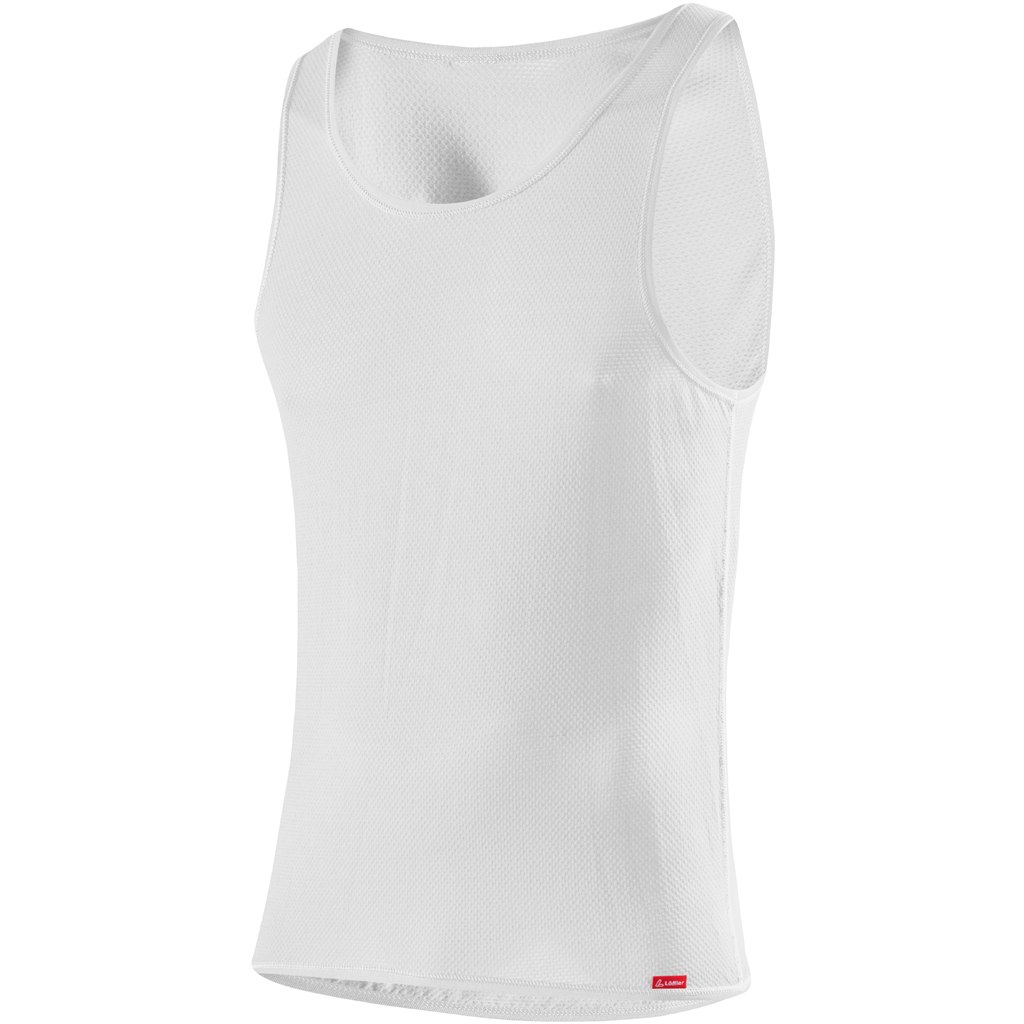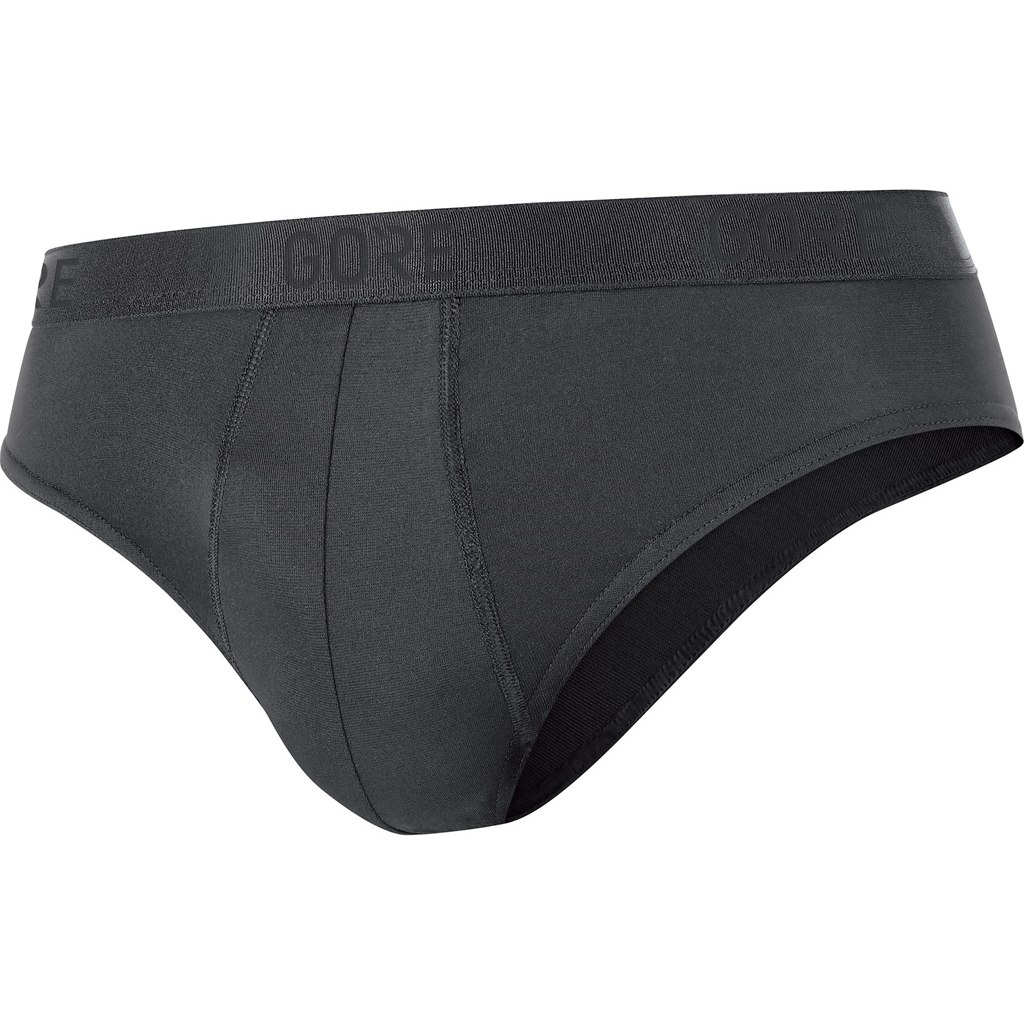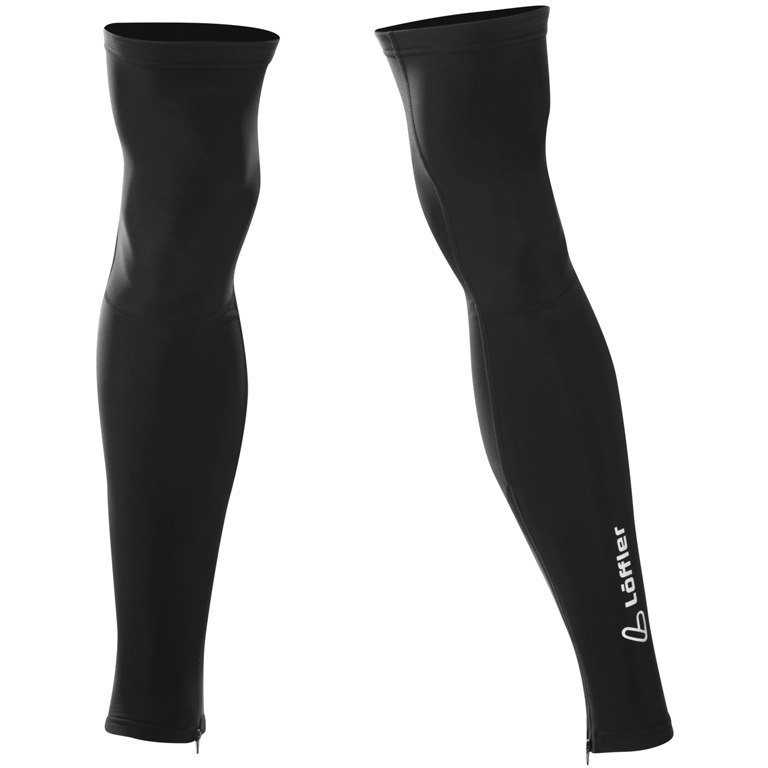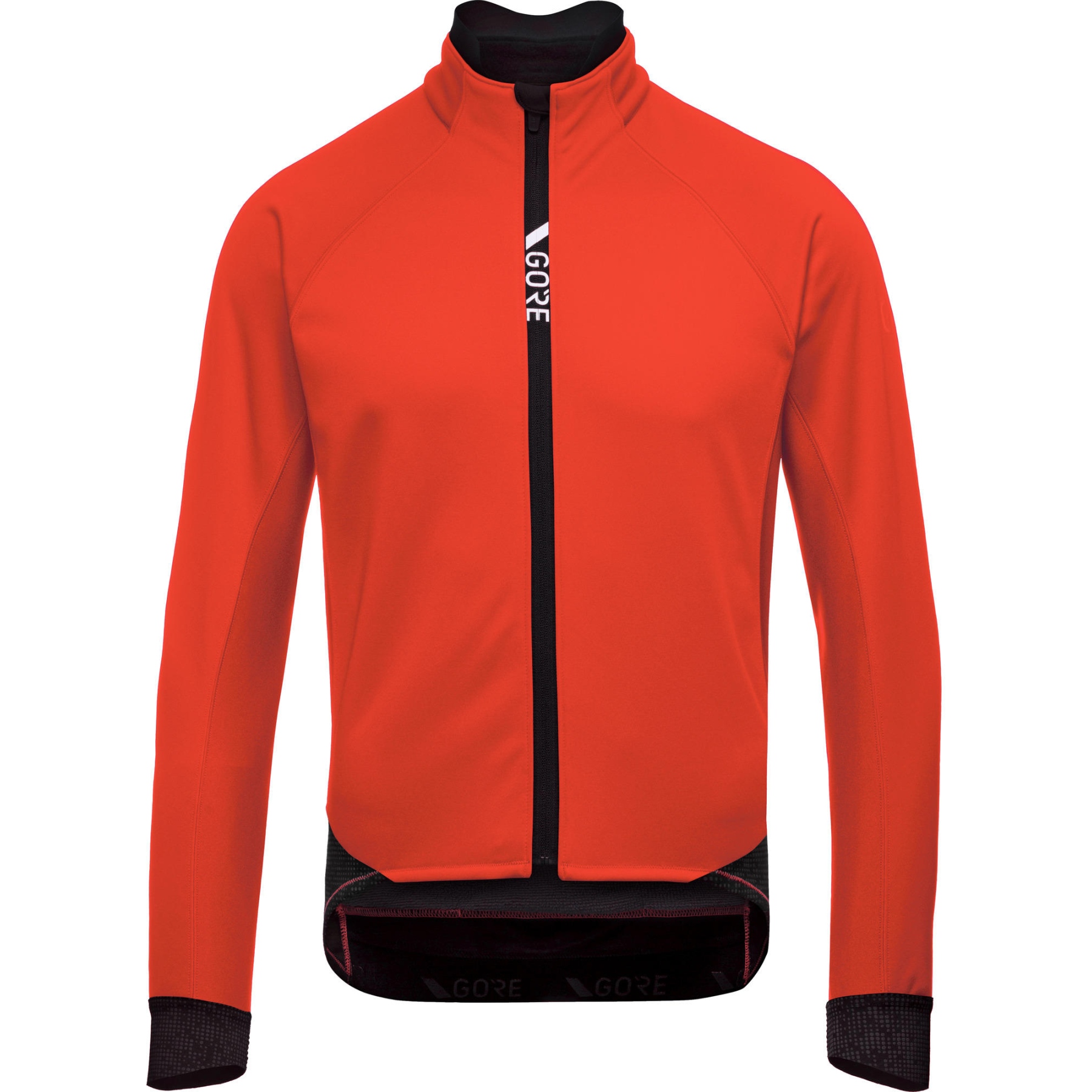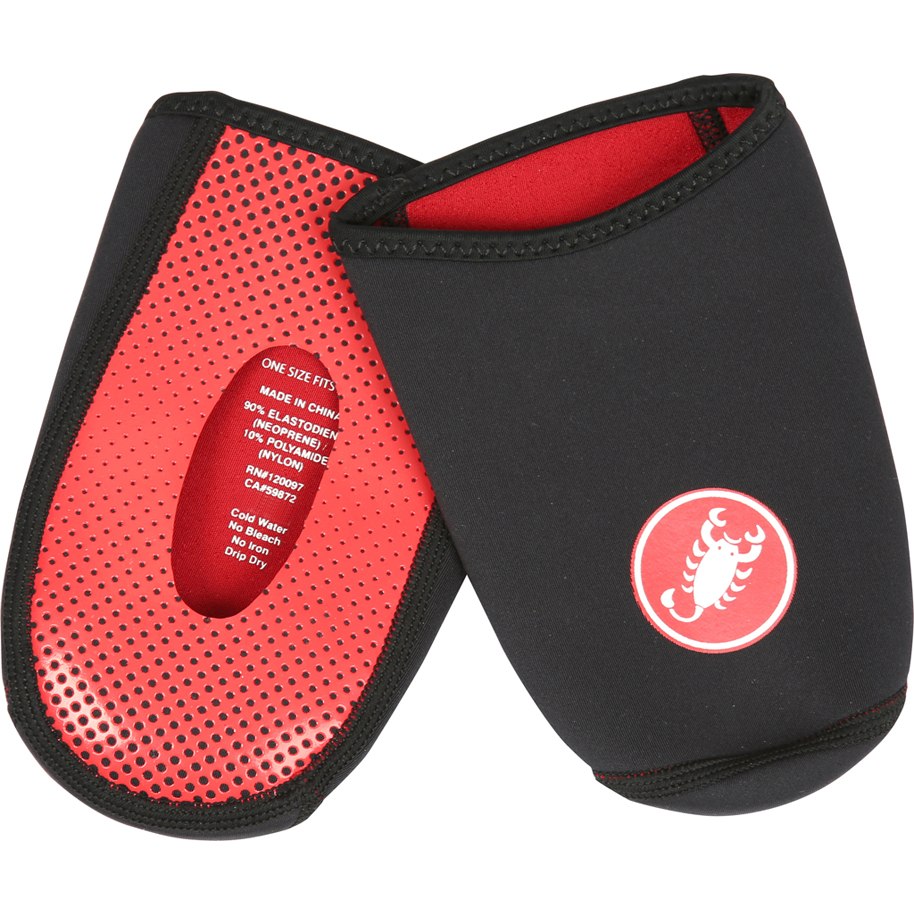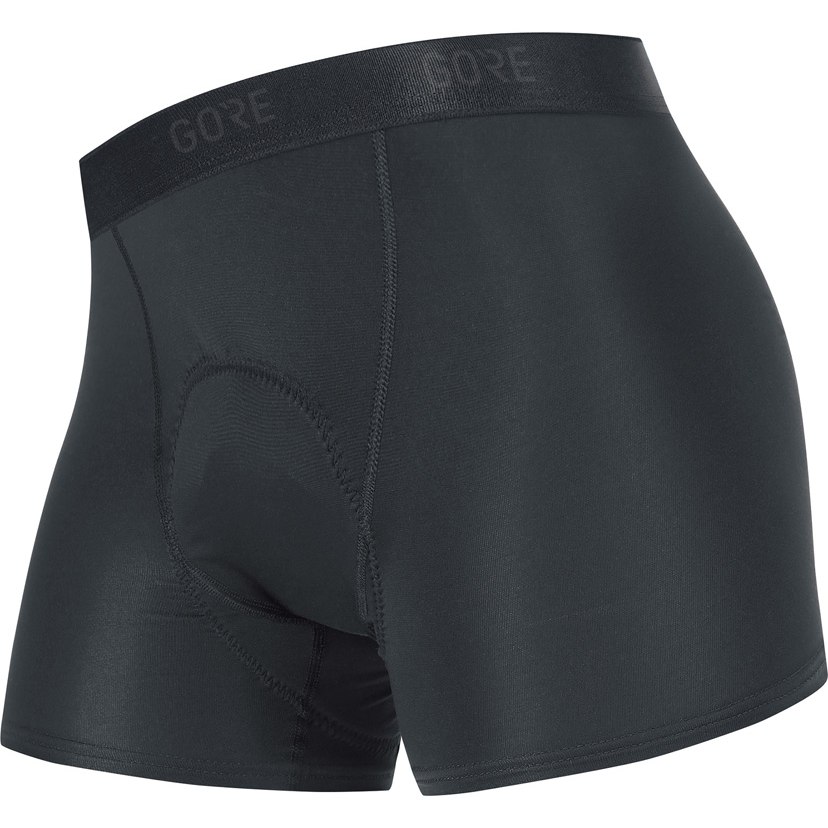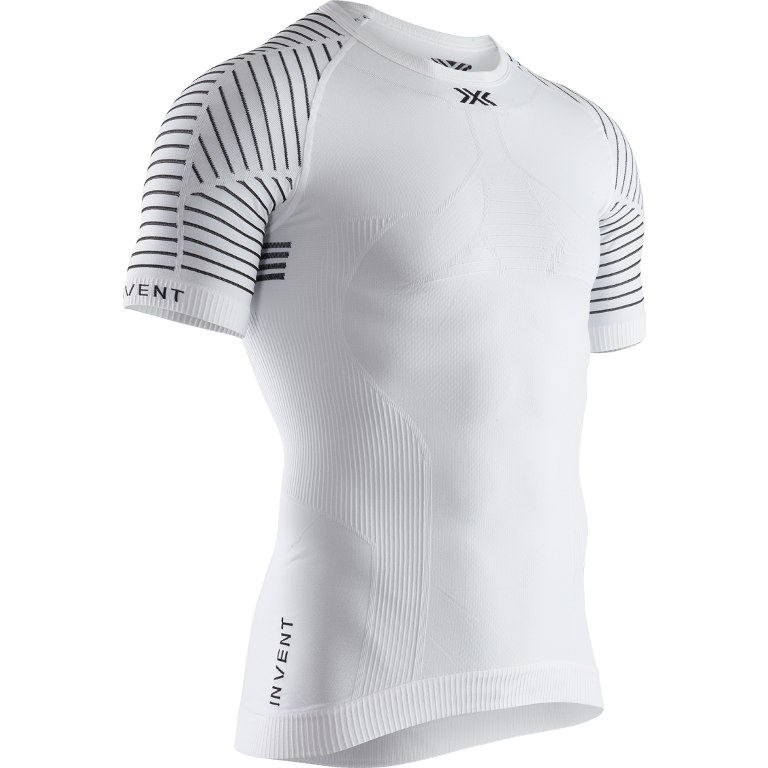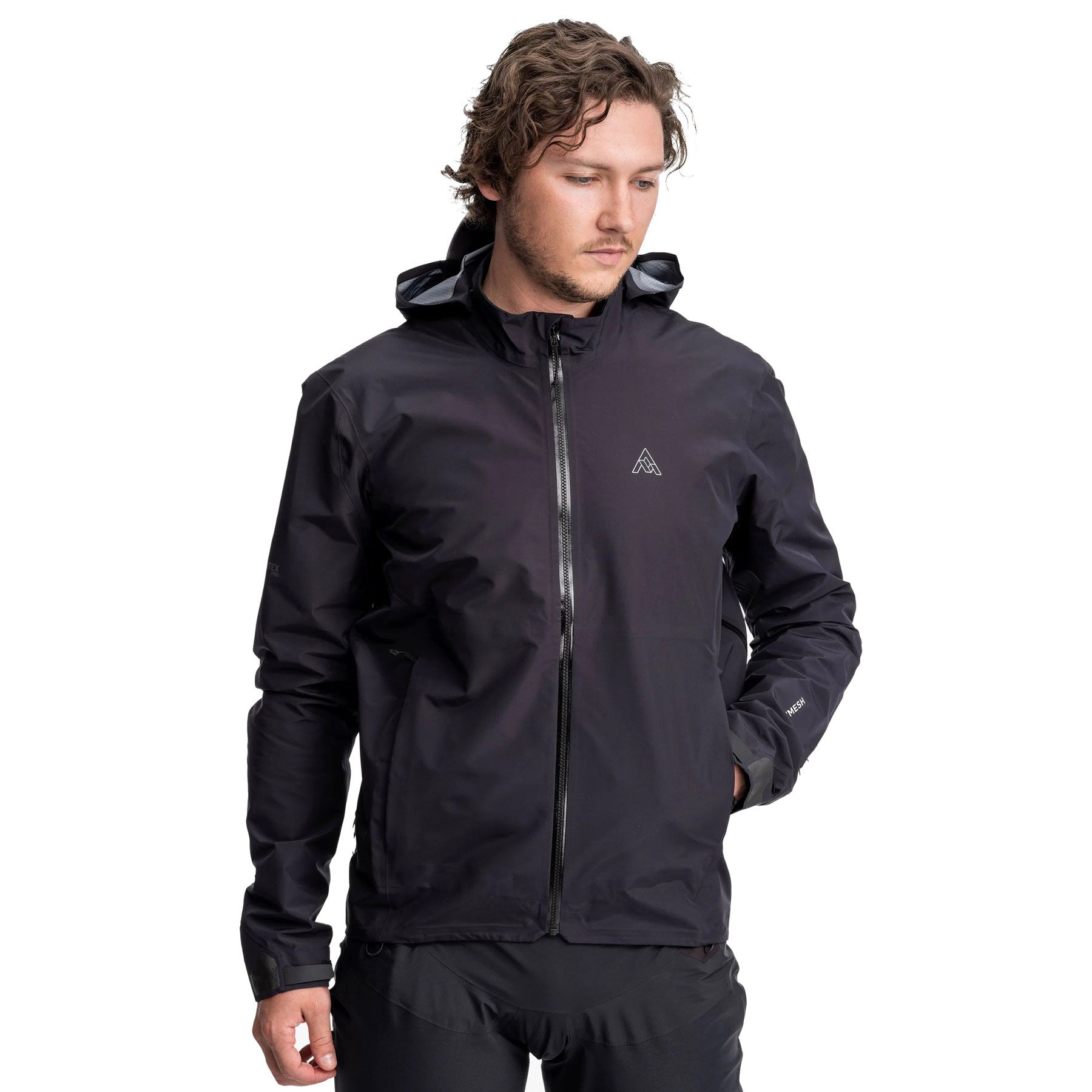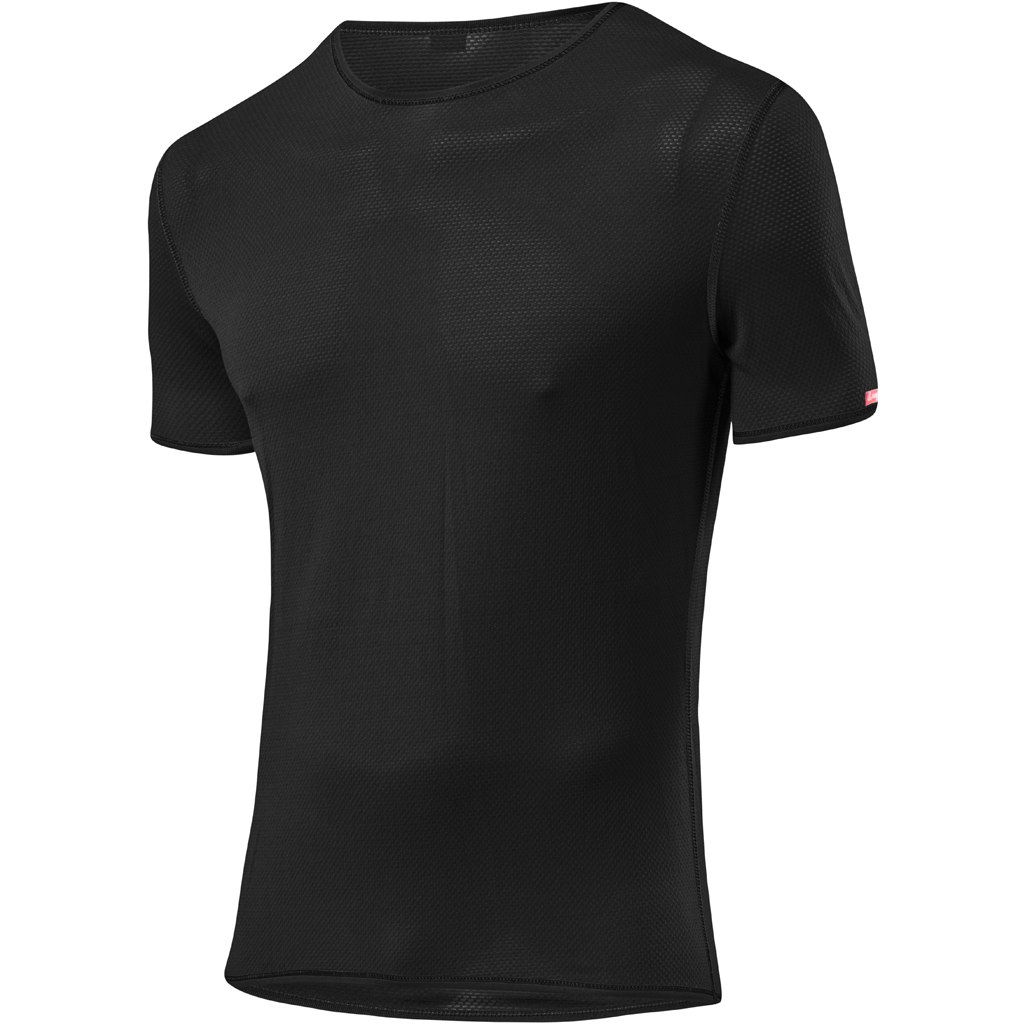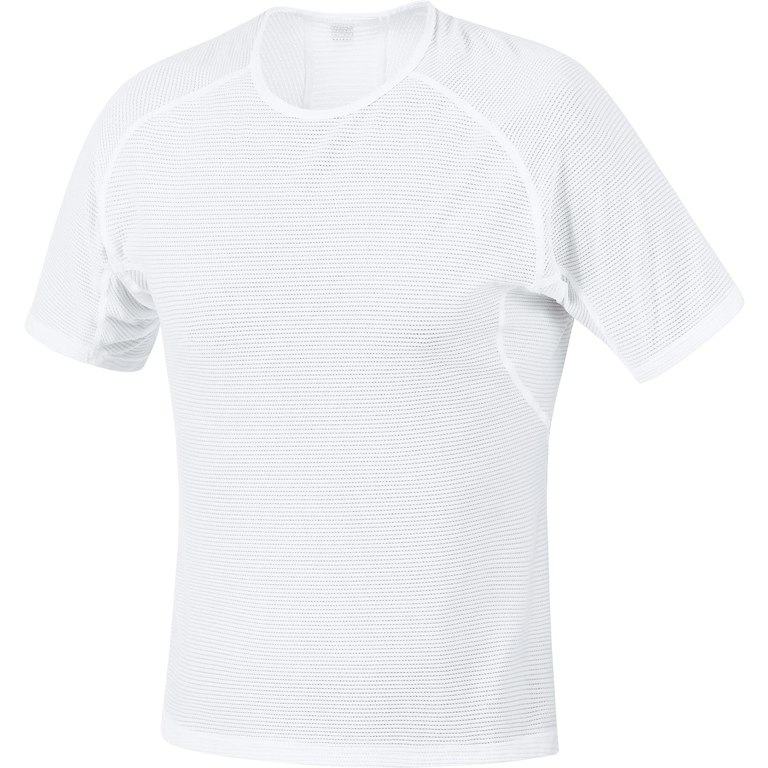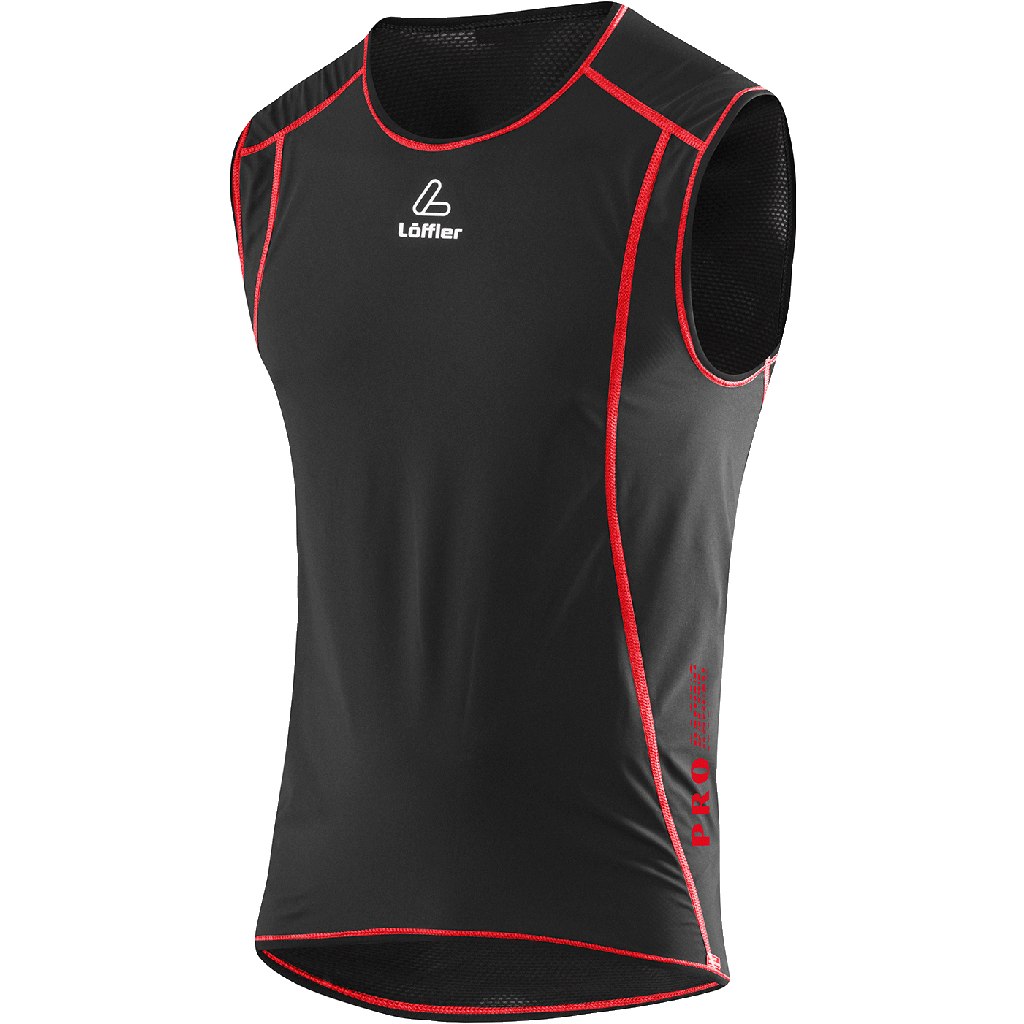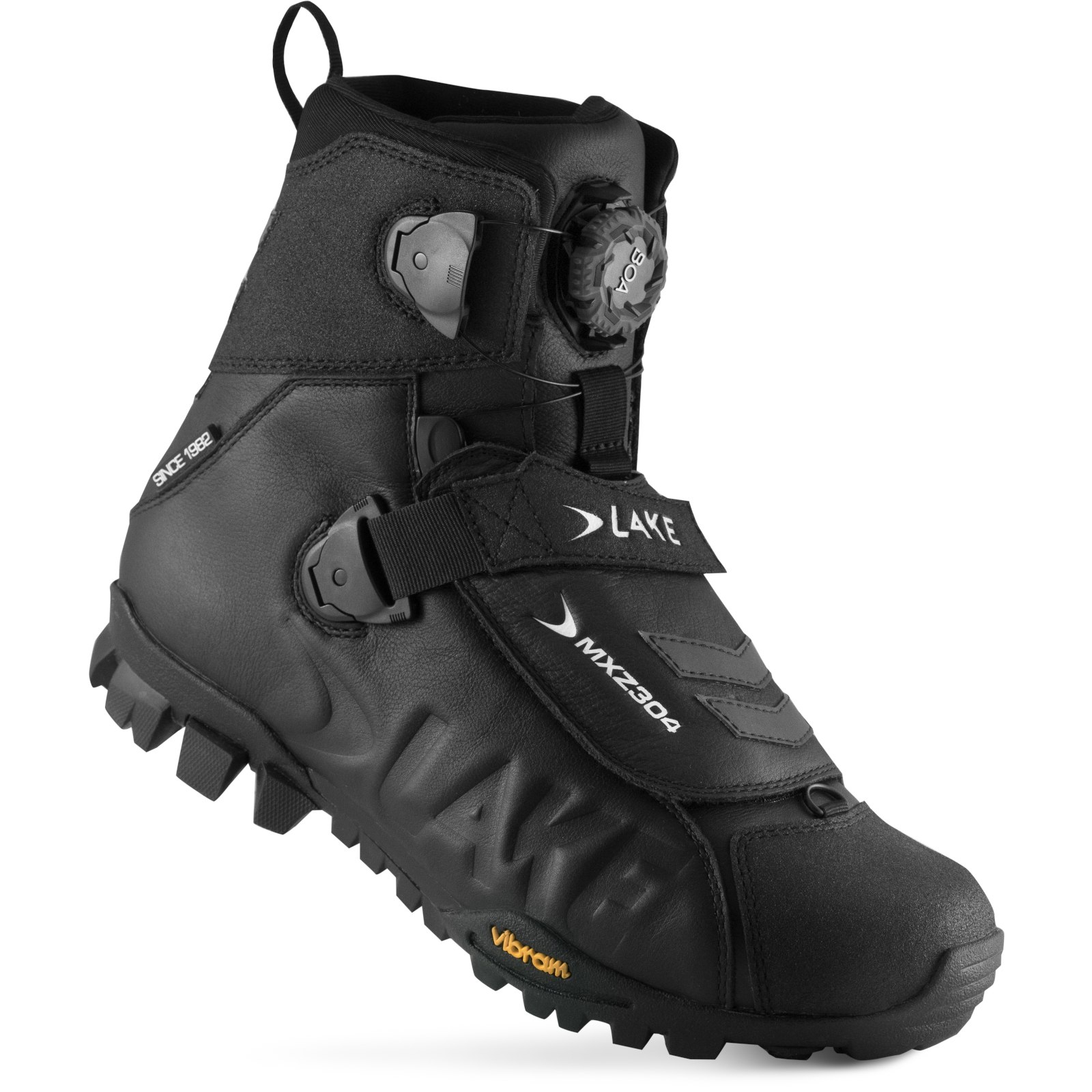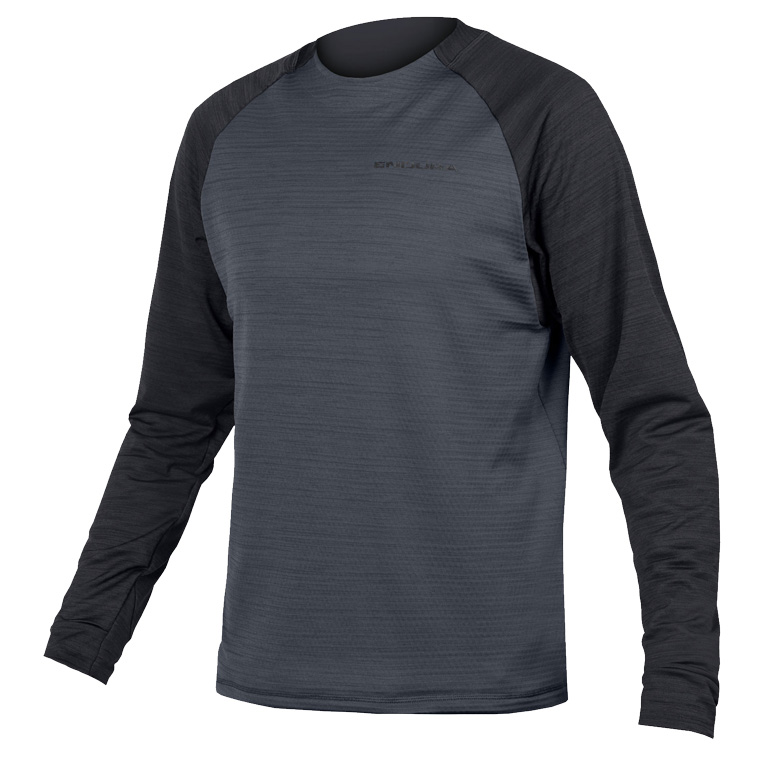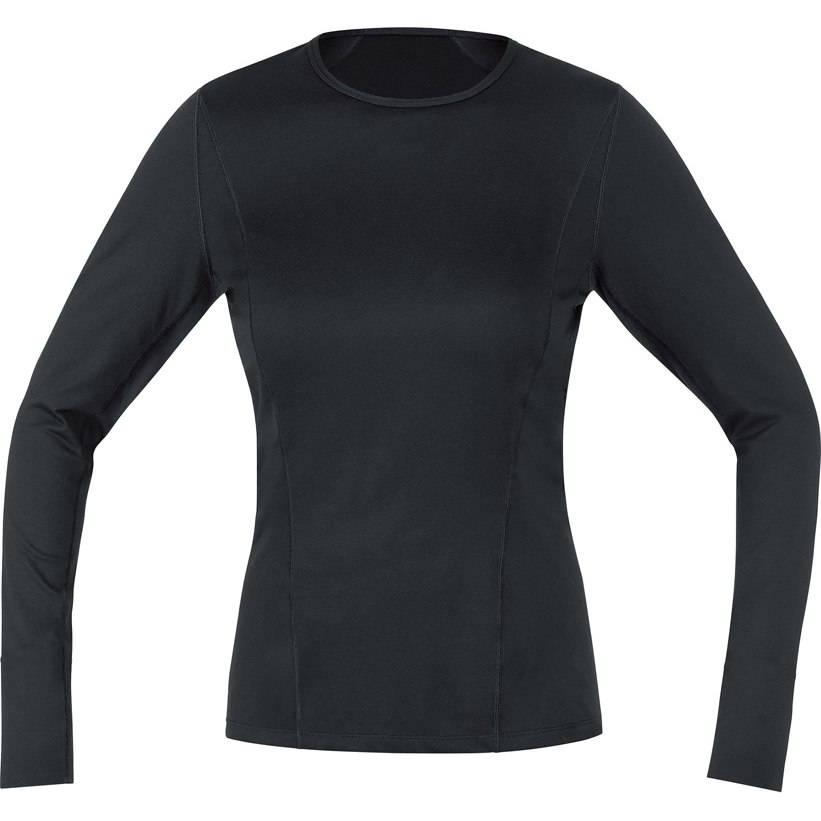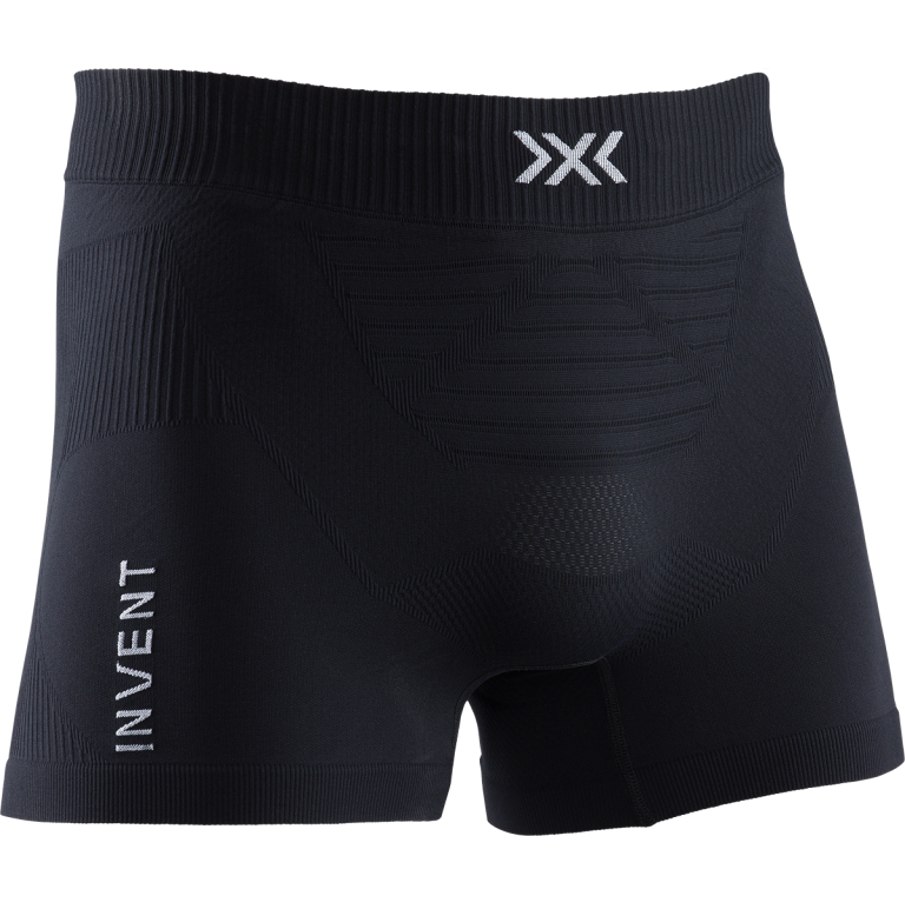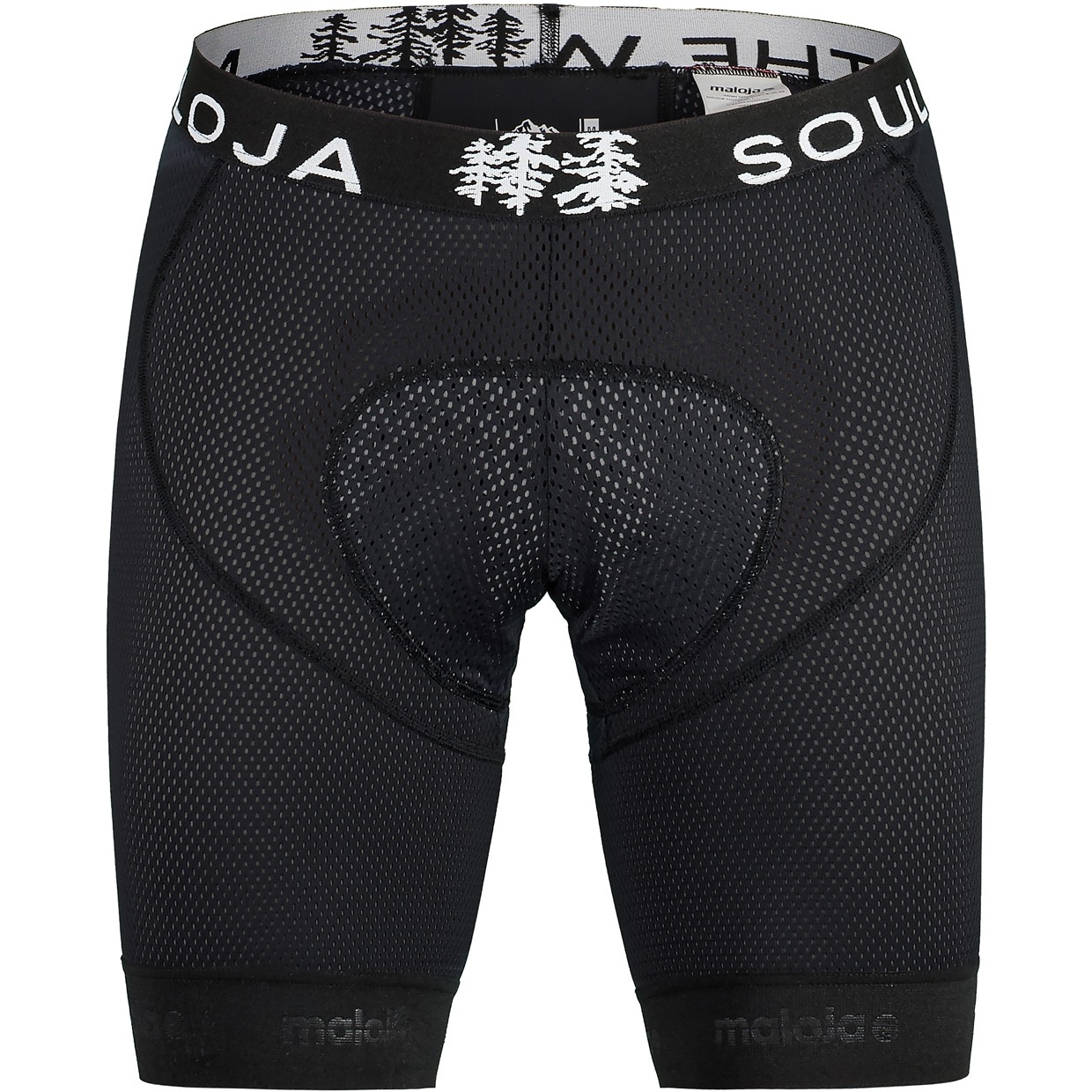- Home
- The Perfect Winter Apparel for Cyclists & Active People – Jackets, Pants / Bib Tights, Accessories & More
The Perfect Winter Apparel for Cyclists & Active People – Jackets, Pants / Bib Tights, Accessories & More
On a winter morning on the way to work, during a snow-covered break or on a rainy autumn trail: with the right apparel you‘ll enjoy being outdoors with your bike at any time of the year. A performance-oriented winter jacket and cycling pants or bib tights with a particularly well insulating lining made of merino wool or fleece offer optimal protection against the coldness and rain or snow fall. Additionally, functional underwear, winter shoes and accessories like a pair of well insulated and waterproof gloves, a helmet cap or a turtle neck and you are ready to venture outside with your bike!
Read moreLayer by Layer Against Cold and Humidity
On cool and cold days and for changing conditions, the principle of layered clothing has long proved its usefulness. In outdoor sports, it helps to balance excess body heat and moisture in addition to different temperatures and weather conditions. Especially when you are actively out and about in nature, it is extremely important to functionally coordinate the layers of clothing in order to ensure the best possible body climate, even during exertion. With several thin layers, you can also react more flexibly to weather changes or keep warm during breaks. Each layer serves a specific purpose.
Clothing worn directly on the skin, so-called baselayers, such as moisture-regulating underwear is primarily responsible for keeping moisture and sweat away from your skin, so that a layer of warm air can be kept between your skin and the fabric. Since baselayers come into direct contact with the skin, soft, comfortable, quick-drying and odourless trousers and tops made of merino wool and synthetic fibre have proven to be ideal.
Midlayers stand out because they are insulating and breathable. As a middle layer, they must store body heat and at the same time be able to let moisture out. Depending on the requirement profile and area of application, several midlayers are also useful: from breathable long-sleeved shirts to more or less thick sweaters and pullovers made of fleece, wool or clever material blends.
The outermost layer - often referred to as the shell layer, outer shell or extra insulation layer - has to master a multitude of challenges. Ultimately, it has to protect both you and the bottom layers against cold, wind, rain, snow and moisture while maintaining a certain level of breathability and mobility. Fortunately, modern jackets, vests and trousers are able to keep you warm and comfortable during the windy summit break as well as on the long and fast downhill bike or ski run. Depending on the activity and weather forecast, either down or a synthetic fibre filling such as Primaloft® or Polartec® is usually used. You will often also find jackets today that use both for different purposes and are additionally equipped with wind- and water-repellent or even waterproof materials or impregnations (e.g. Gore-Tex®, Pertex®, Windstopper®).
The Best Materials for Every Situation
Down – Featherlight, Ingeniously Compressible and Wildly Warm
The advantages and disadvantages of down are well known. They offer excellent insulating properties, especially in the context of its high compressibility and low weight. They can also cover a wide range of temperatures and provide an optimal climate in many situations. With proper care, down is extremely durable, but is also priced accordingly. It is also important to take a closer look at the origin of the down to see to what extent the brands pay attention to the welfare of the animals. Certificates such as the Responsible Down Standard, the Down Codex or the Global Traceable Down Standard identify down products which don‘t use live plucking. The small down feathers are also susceptible to wetness as they can stick together and lose insulation.
But there are several factors that can make a big difference. The heat output and quality of down jackets ultimately depends on the fill power, the down to feather ratio and the fill weight. The fill power, also often referred to as fluffiness or loft, defines the ability of the down to bulge again after compression. The higher the value, the better the heat output in relation to volume and weight. Good down jackets usually have at least 500, while the absolute top class starts at 800.
For the stability of the down filling, a certain proportion of supporting feathers is usually added. The down to feather ratio (e.g. 95/5) also influences the fill power and thus provides information on the insulation capacity of the clothing. A ratio of 95 % down and 5 % feathers speaks for very high-quality and excellently insulating jackets, trousers or vests. However, the fill power and down to feather ratio alone are not sufficient to be able to make a statement about the thermal capacity. Logically, this is also dependent on the total fill weight. The higher the basis weight (g/m²), the warmer the product.
Down is ideal when every gram counts or the temperatures get really low. Especially since, thanks to specially impregnated down, it is now also possible to use and enjoy the benefits of this natural product on wet and rainy days.
Synthetic Fibre – Function and Innovation for Nature
Clothing made of synthetic fibres such as Primaloft® or the innovative Polartec® fleece is often somewhat less compressible than down, but is also less susceptible to moisture and usually somewhat more cost effective. It retains its insulating properties even when very wet and is therefore particularly suitable for more intensive sporting activities, also because it offers a lot of freedom of movement. Current synthetic fibre fillings are light and breathable, often wind and water repellent and offer a high thermal performance. As with down, the quality can also be assessed in terms of fill power and fill weight.
Wool – Versatile, Naturally Regulating and Extremely Comfortable
Wool is still an all-round talent today and is used as a liner in insulation jackets or as an independent midlayer as well as in underwear and gloves. Renewable and biodegradable, it is characterised in particular by its moisture-regulating and odour-inhibiting effect. The robust natural material is partly self-cleaning and, from an ecological point of view on average, less harmful than down. Merino wool in particular has made a name for itself in the outdoor sector in recent years. High wearing comfort over long periods of time predestines it for use on hikes and long sportive trips. Only in terms of weight and compressibility does wool not quite come close to the properties of down and synthetic fibres. No matter whether Scandinavian sheep wool, merino wool, alpaca wool or yak wool: if not every gram counts, they promise the best insulation properties and ingenious climate regulation.
Extra Warmth for Feet and Hands
It should be widely known how important proper insulation of the extremities is for maintaining body temperature. Decent winter shoes not only have soles that protect you from slipping on snow and ice, they also ensure warm feet at all times. The soles are reinforced with heat-insulating materials (e.g. EVA foam, fleece or aluminium foil). To provide complete all-round protection, most winter shoes are equipped with a high-quality nylon fabric and an insulating foam or hollow polyester fibre. Combined with a waterproof and breathable intermediate layer, this guarantees that your feet stay dry and warm in all conditions. Natural materials such as leather or lambswool can also provide excellent insulation against cold and moisture. Of course, the ethical quesions should not be lost sight of, even though leather and fur can be extremely durable with appropriate care.
Nothing is worse than wet and cold hands. Whether on the bike, hiking, skiing or climbing. Fortunately, there is now also a wide range of gloves for all purposes. Robust, light and excellently insulating synthetic fibre lining such as Primaloft®, proven, thin and particularly comfortable wool gloves and liners, as well as fleece gloves and wind- and waterproof expedition gloves. Depending on the thickness and construction of the gloves you get more warmth and robustness (e.g. mittens or leather gloves) or more comfort and tactility (finger gloves or liners). With great insulated clothing, no outdoor athlete has to freeze or even fear the winter. Plunge into your next adventure.





